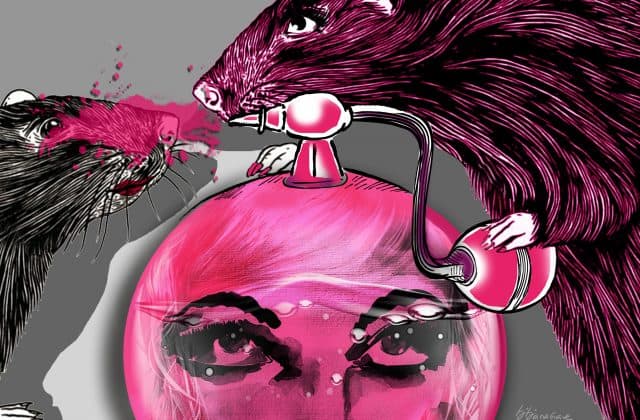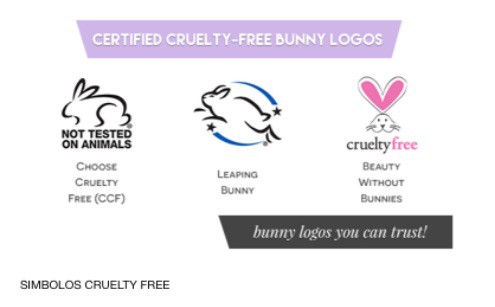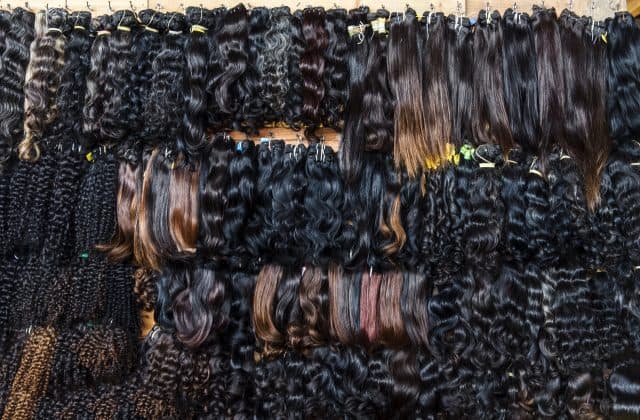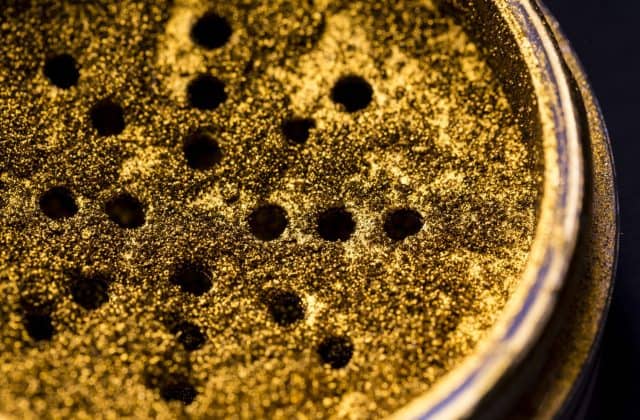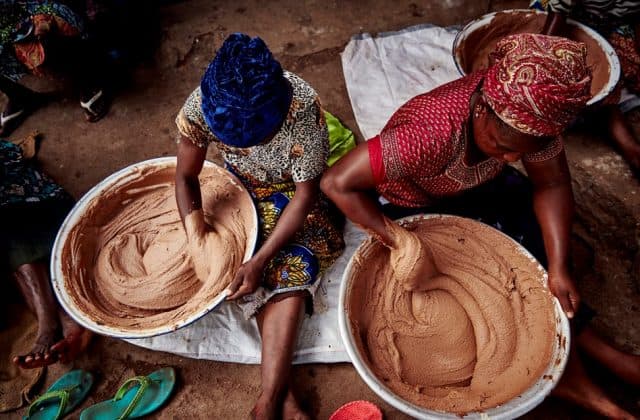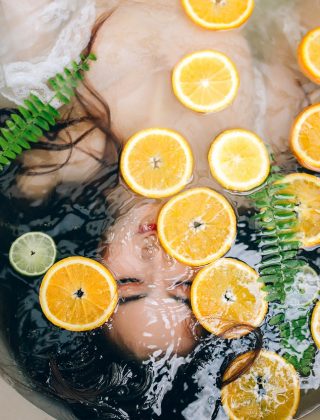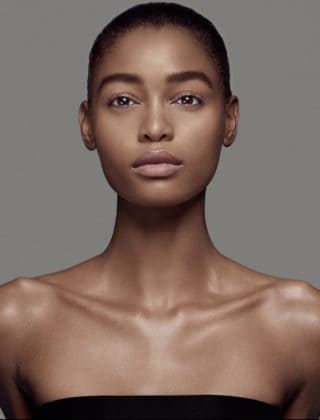In a world where more and more people want to be fit, green and animal friendly, there are several cosmetic brands that follow the new trend of the millennial era and generation Z, which should logically endure over time.
But before we point out some of the many brands that are animal friendly, let’s understand what animal testing is all about, which companies still use these tests to make profit, what animal rights associations are and what a cruelty-free product is.
Animal testing goes back to the 1930s and the pharmaceutical industry. It is the result of a drug that has been marketed without any type of scientific testing or research on animals and which has resulted in several deaths. Since then, the United States have passed a law, the United States Federal Food, Drug, and Cosmetic Act (FFDCA, FDCA or FD & C),. This requires all food, medicine and cosmetics to be tested before they are marketed.
Animal testing has become mandatory in order to verify the safety and hypoallergenic properties of the products when used by humans, where rabbits, rats, hamsters, frogs and guinea pigs are the main animals used in cosmetics industry.
Some of the tests include dermal penetration (a method that helps understand how the skin will absorb the product), skin sensitization (determines whether or not a chemical causes an allergic reaction), acute toxicity (a test that determines the effects of exposure to a chemical through the mouth, skin, nose or eyes), the Draize test (a test method that can cause skin or eye irritation or corrosion in animals), and skin corrosion or irritation tests (tests that assess the potential of a substance to cause irreversible damage to the skin) with toxic substances injected into the eyes, skin, ears and mouth. Test results can cause seizures, loss of motor function, and even death. In fact, a single ingredient used in a beauty product can result in the death of up to 1400 animals.
The effects are not only physical but also psychological. Rabbits, for example, when transferred to research laboratories, live in small, compact plastic or metal cages, totally different from their natural habitat. The animals live in a climate of boredom and frustration and begin to develop constant habits of stress, presenting repetitive and self-mutilating behaviors.
Over the years, there has been increased awareness and ethical judgment, with the creation of groups which fight for animal rights, activists against animal testing, especially in an industry where the main goal is to improve Humans’ physical appearance.
One of the associations that is still a reference in the fight for animal rights is PETA (People for the Ethical Treatment of Animals), created in 1980 by Alex Pacheco and Ingrid Newkirk. For this association, animal suffering is equivalent to human suffering, which means that a rat is no different from a person.

Along with PETA, there are other organizations, such as the European Coalition to End Animal Experiments (ECEAE), which is dedicated to helping eliminate all animal testing within the European Union (in 2013, the European Union banned cosmetic testing on animals , enforcing a ban on the sale of cosmetic products containing ingredients tested in specific toxicity tests on substances to be used for cosmetic purposes), the Coalition for Consumer Information on Cosmetics, which has the Leaping Bunny program, which allows consumers to know which products are and are not free from cruelty, and the Center for Alternatives to Animal Testing (CAAT), which seeks to find new methods to replace the use of laboratory animals in experiments, to reduce the number of animals that are tested and to perfect the necessary tests to eliminate pain and suffering. These, among many other organizations, struggle daily to stand up for the lives and rights of animals.
Despite the struggle of these organizations, beauty is a very attractive industry that continues to seduce brands (including major luxury brands such as Gucci, Chanel, Burberry, Dior, YSL, Lancome, Estée Lauder and Shiseido) into investing in this world of cosmetics that yield billions, where lotions, hair products, personal care products, make-up, perfumes and deodorants are the main categories of this industry.
With the evolution of technology, in vitro tests to determine potential risks; the use of cells and tissues; artificial skin; and computer researches or human volunteers have become some of the alternatives to using animals in laboratory tests. Although many brands adopt these options, many others still choose profit over principles and continue to conduct animal testing in order to market their products. This is the case mainly in China, one of the most valuable markets in the beauty industry, which requires animal tests to be conducted so that the products can be sold in the country.
There is also the difference between tests performed on a final product or in one or several ingredients that make up the product. For a product to be truly cruelty free, it is necessary to ensure that animal tests have not been carried out, not only in the final product but also in none of the ingredients used to produce it. When a product is truly cruelty free, we can find in the packaging a symbol of a certified rabbit (particular attention, there are only three official ones). However, to use this symbol, companies have to pay a fee. Thus, not all cruelty free products have the bunny symbol. Another form of verification is through PETA, Leaping Bunny, Cruelty free Kitty, Ethical Elephant websites or simply by contacting the brand through an email.
Below, there are some of the brands that still conduct animal testing, brands that are cruelty free, and the three official Cruelty Free Bunnies:
The choices we make on a daily basis must be conscious and take into account the changes that are inevitable in the world we live in. We can and must live in harmony, respecting our neighbor, the environment and the animals. As Gandhi said, “The greatness of a nation and its moral progress can be judged by the way its animals are treated”.
